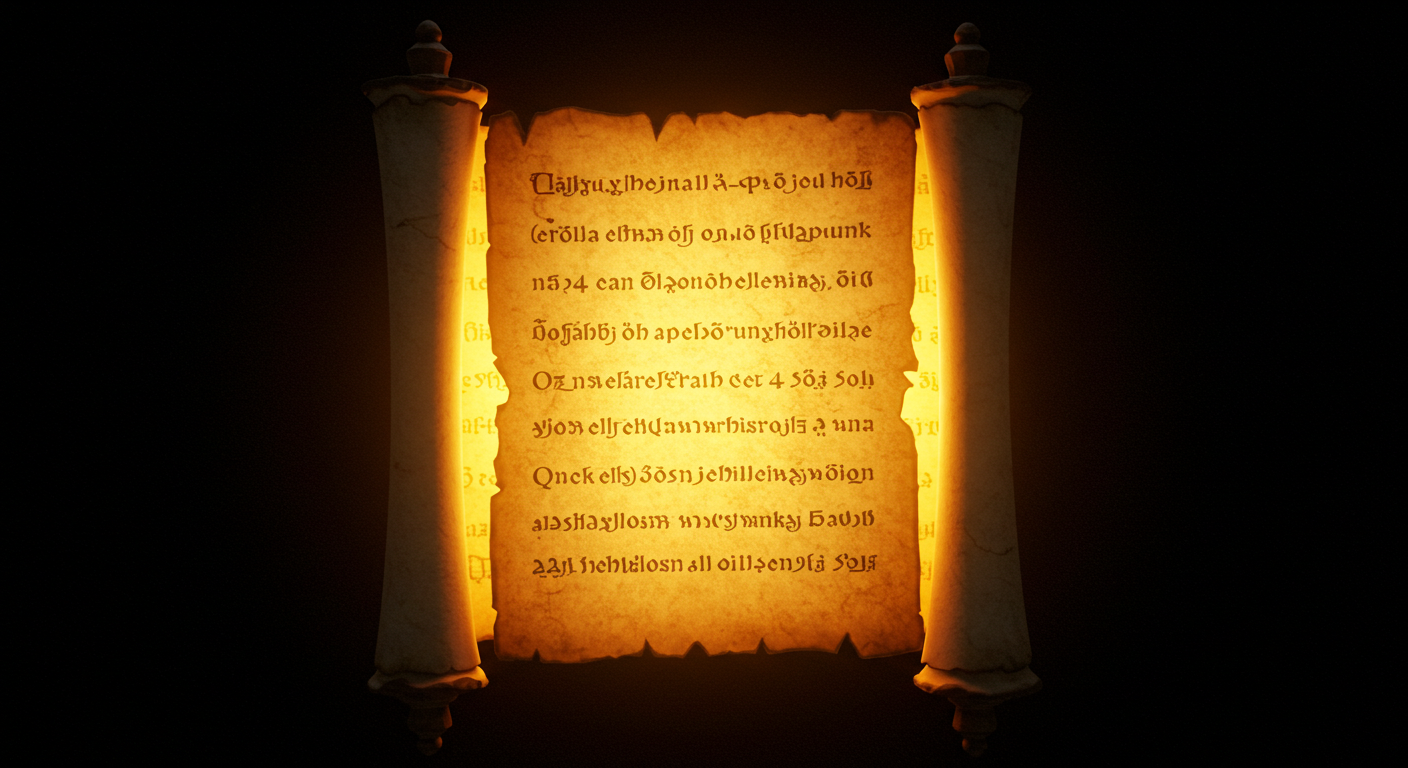Explore the significance of Jeremiah’s vision of the almond branch (Jeremiah 1:11-12), and uncover its deep symbolism and relevance both historically and for modern readers.
“I see the branch of an almond tree,” I replied.
12 The Lord said to me, “You have seen correctly, for I am watching[a] to see that my word is fulfilled.”
The Vision Of The Almond Branch: What Did Jeremiah See? – Jeremiah 1:11-12
Introduction to Prophetic Visions
Prophetic visions often serve as a rich tapestry of divine communication in the Bible, weaving together vivid imagery, deep theology, and human experience. These visions, unique and profound, provided God’s chosen prophets with messages meant to guide, warn, and inspire their people. You can think of them as spiritual revelations, vibrant snapshots of divine will, clothed in symbolism and intent.
Prophetic visions were instrumental in conveying God’s messages when straightforward proclamations might not suffice. Imagine a heavenly slideshow imbued with significant symbols that required interpretation. God’s messages, delivered through these visions, aimed to ensure his divine intent was understood. Whether it was to warn of impending judgment, provide hope for redemption, or reveal future events, these visions were powerful tools used to convey complex messages in an impactful manner.
To grasp fully the depth of these prophetic visions, it’s crucial to consider the historical and cultural context in which they occurred. Jeremiah, for instance, operated during tumultuous times marked by societal upheaval and spiritual decay. Understanding the background helps to illuminate the urgency and gravity of his messages. By exploring the practices, beliefs, and historical events of the time, you gain insight into the weight and significance these divine communications held for their original audiences.
Context of Each Prophetic Vision
Scriptural Background
In the book of Jeremiah, Chapter 1:11-12, we encounter the vision of the almond branch. To picture this, you first need to understand the surrounding narrative. Jeremiah’s prophetic journey began with a profound sense of calling, and this particular vision marked a pivotal moment in his early ministry. Right at the start, God asks Jeremiah a direct question: “What do you see?” Jeremiah responds, “I see the branch of an almond tree.” In response, God affirms his vigil over the word to perform it.
Prophet’s Role and Mission
Jeremiah’s role as a prophet was laden with challenges. His mission was not only to deliver God’s messages but to do so to a people often resistant to correction. Imagine trying to convince a crowd of impending danger while they plug their ears – such was his task. His audience was the kingdom of Judah, burdened with spiritual stubbornness and flirtations with idolatry. Jeremiah’s job was to awaken them from complacency, a mission fraught with danger and ostracism.

Vision’s Imagery and Symbolism
The vision of the almond branch — is simple yet profound. In Hebrew, the word for almond tree is “shaqed,” which is closely related to the word “shoked,” meaning to watch or to awake. The almond tree, known for its early blooming, symbolized God’s readiness to act. It conveyed a powerful message: God was vigilant and ready to fulfill his word. The almond branch was a visual pledge of God’s alertness and his imminent intervention.
Theological Significance
The theological depth of this vision is substantial. It emphasizes God’s sovereignty and faithfulness in his promises. By choosing the almond branch, God wasn’t just speaking to Jeremiah but to Judah – ensuring them that his words were not empty and that his prophecies held weight. It reinforced themes of divine vigilance and imminent judgment or salvation. This imagery enriched with theological hues, painted God as both a vigilant guardian and just executor of his will.
Interpretation of the Vision’s Message
Immediate Message for the Original Audience
For the original audience, the immediate message of the almond branch was clear: wake up and heed God’s warning. Judah stood at the brink of disaster; the vision symbolically echoed the urgency of repentance and return to faithfulness. The nation’s spiritual lethargy was being confronted by a God who was very much awake and ready to act. Immediate responses might have been mixed, from denial to fear to genuine repentance.
Prophetic Fulfillment
Historically, the vision’s fulfillment unfolded as God’s prophecies through Jeremiah came to pass. The impending Babylonian exile was proof of God’s active vigilance. The almond branch vision was not an empty image; it was a precursor to the real, tangible actions God would take against Judah. This fulfillment serves as a historical anchor in understanding God’s warnings were neither arbitrary nor idle but definite and purposeful.
Relevance to Modern Readers
For you, contemporary believer, the vision of the almond branch holds timeless relevance. It is a reminder of God’s constant vigilance over his creation and the reliability of his promises. In a world often marred by chaos and uncertainty, this vision reassures you of a divine presence that watches and acts. Spiritually, it urges you to stay alert in faith, to remain vigilant in spiritual life, and reminds you that God’s words are ever-relevant and faithfully fulfilled.
Comparative Analysis
Comparison with Other Biblical Visions
Comparing Jeremiah’s vision with other biblical visions like those of Ezekiel or Daniel reveals common themes of divine oversight and symbolic profundity. These prophets often communicated God’s messages through rich symbols like wheels within wheels or mysterious beasts. While each vision carried unique messages tailored for their specific audiences, they collectively emphasized God’s control over history and his unwavering purposes.
Historical and Eschatological Perspectives
Through history, interpreters have viewed the almond branch vision in various lights, from a straightforward warning to deep eschatological significance. While some focus on its immediate implications for Judah, others see it as part of the broader tapestry of prophetic scripture pointing towards end-times vigilance. Each perspective adds layers of understanding and highlights the multifaceted nature of biblical prophecy.
Conclusion
Summary of Key Insights
In summary, the vision of the almond branch in Jeremiah 1:11-12 offers a rich tapestry of divine vigilance. The symbolism of the early-blooming almond tree served as a potent reminder of God’s active watchfulness and readiness to fulfill his word. For Jeremiah and his contemporaries, it was a call to wakefulness and repentance. Historically and theologically, it underscores God’s faithfulness, sovereignty, and the certainty of his promises.
Final Thoughts on Prophetic Visions
Reflecting on prophetic visions as a whole, these divine revelations form a crucial part of understanding God’s overarching plan. They offer unique insights into God’s character and his interactions with humanity. They remain a vital part of spiritual reflection and theological study, reminding you of the complexities and beauties of divine communication.
Additional Resources
Further Reading
If you find Jeremiah’s visions intriguing, consider diving deeper into prophetic literature with texts like “Ezekiel’s Vision of the Wheels” or “Daniel’s Apocalyptic Visions”. Scholarly articles and books such as “The Prophetic Imagination” by Walter Brueggemann provide further in-depth study.
Study Questions
- What can the vision of the almond branch teach you about vigilance in your own spiritual life?
- How do other biblical visions compare in their use of symbolism and message delivery?
- What historical events during Jeremiah’s time influenced the urgency of his visions and prophecies?







